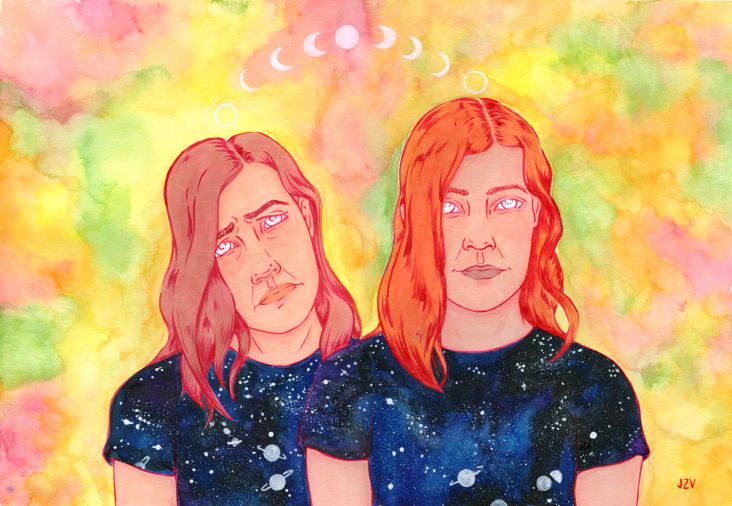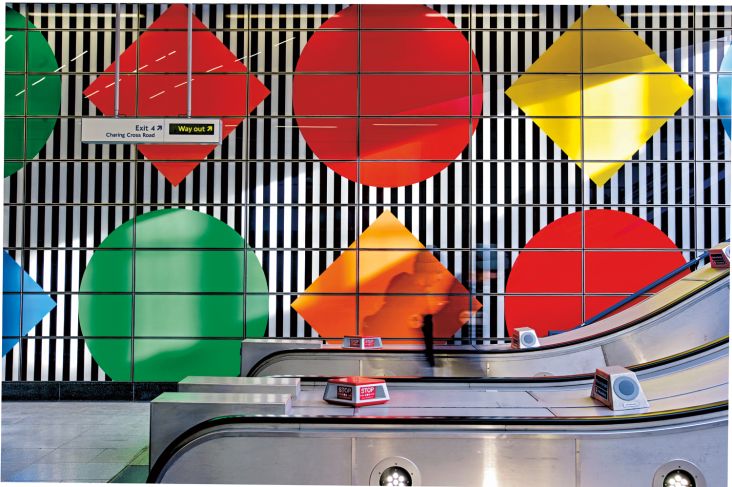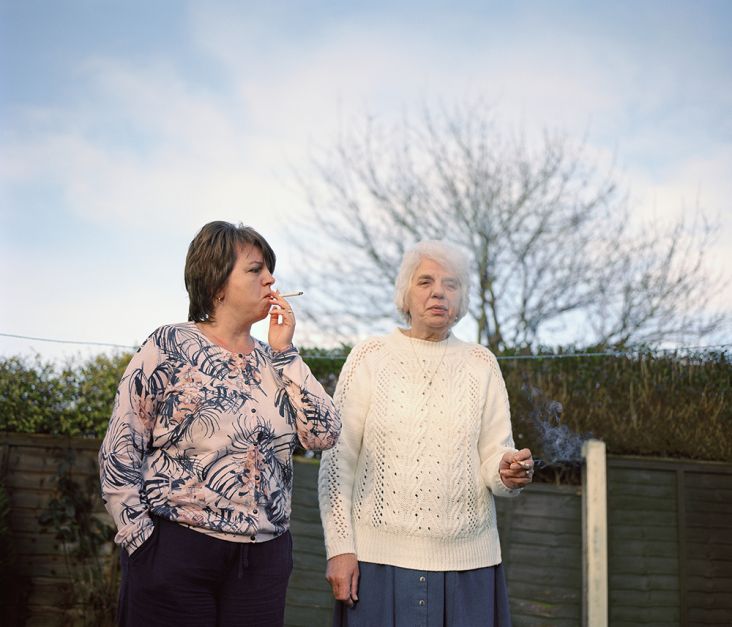Bill Viola: When video art becomes life, death, and transcendence
I leave Bill Viola's stunning new retrospective feeling profoundly different to when I went in. Such is its power, and different in a way that shakes you to the very core and proves the irrefutable power of art, ideas, and the moving image to gnaw at your soul in ways that little else but maybe love and grief can.
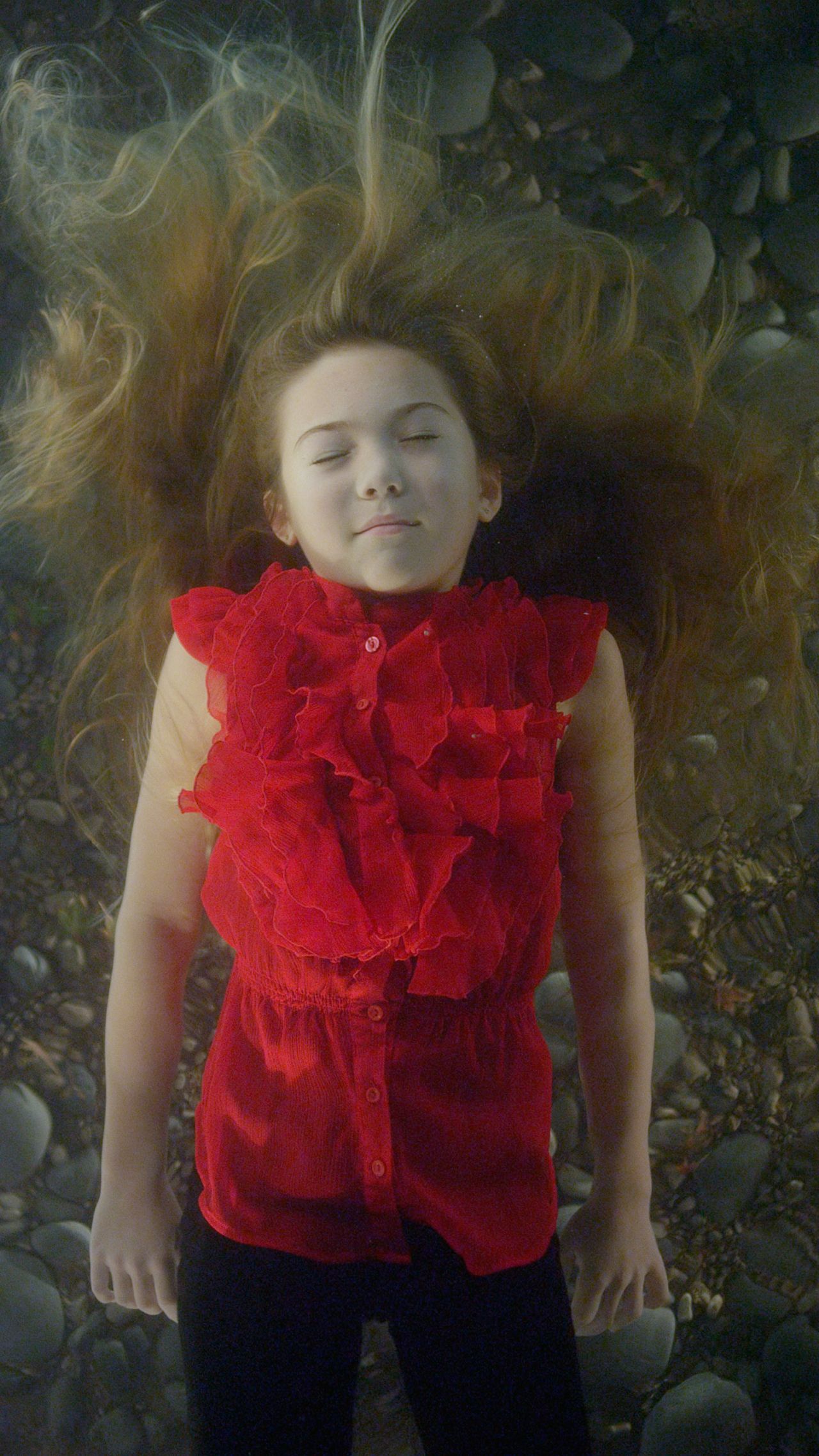
The Dreamers, 2013 (detail) Video/sound installation Continuously running Performer: Madison Corn Courtesy Bill Viola Studio © Bill Viola Photo: Kira Perov
It's terrifyingly, brilliantly, life-and-death-affirmingly formidable. Kira Perov, Viola's executive producer, collaborator, and partner, describes it most succinctly in her introduction to the exhibition as a "journey of the soul".
All this, from "video art", a medium that's been unfairly associated with novelty for novelty's sake, a sort of newness viewed with a sideways glance that hints at old-fashioned accusations of a lack of craft or technology's redundancy in covering human truths. Nothing could be more inaccurate in the case of Viola. As he's often discussed, technology here is simply a tool, not an end goal, to craft what he needs to express. "I see that media technology is not at odds with our inner selves, but in fact, a reflection of it," Viola has said.
The exhibition at the Guggenheim Bilbao, titled Bill Viola: A Retrospective, presents a chronological survey of his work from the 1970s as a graduate of the Experimental Studies program at New York's Syracuse University, through his breathtaking '90s sculptural screen-based installations, to 2014's Inverted Birth, the most recent piece in the show.
The generous breathing room the gallery spaces offer creates a reverence around the work that feels thematically analogous to the monumental ideas explored in it: as Perov puts it, "his explorations go the fundamental themes at the core of our existence – life, death, birth, rebirth, transformation, transfiguration…
"Bill's work came from a place that was part of the invisible world, a place of inner landscapes… Landscapes where time is stretched to infinity, where subtle changes of light create an eternity, and where sound is extended beyond hearing – a space for meditation, contemplation, and perhaps, even epiphany."
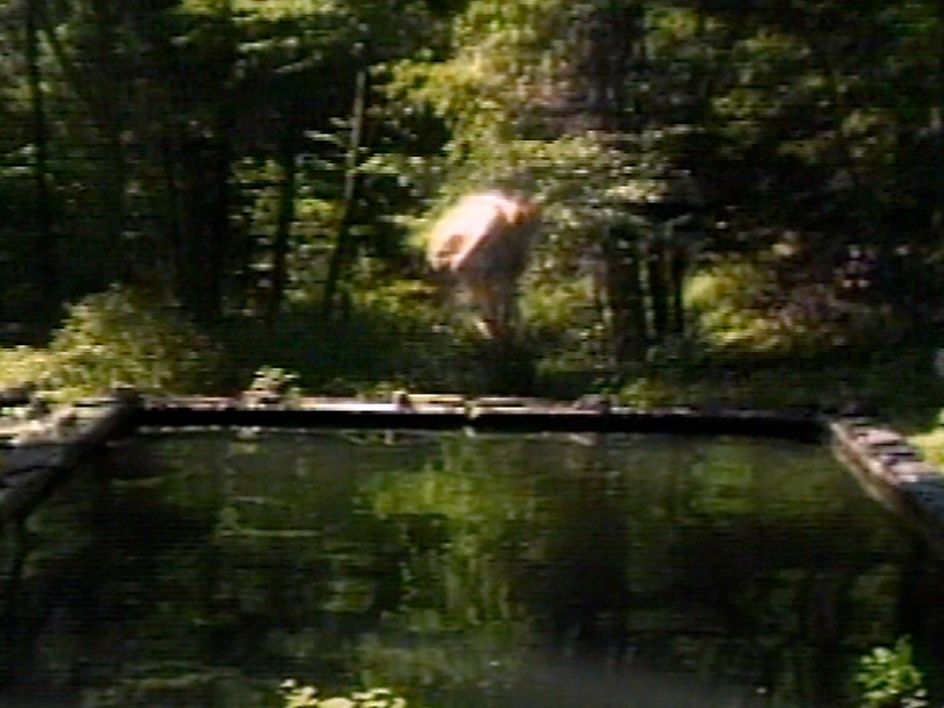
The Reflecting Pool, 1977–9 Videotape, color, mono sound; 7 minutes Performer: Bill Viola Courtesy Bill Viola Studio © Bill Viola Photo: Kira Perov
Birth and rebirth are the most succinct descriptors of these themes – after all, they inherently connote death, the sublime, and morphing between different spiritual and physical states of being. Viola had transcribed into his journal that "Birth is not a beginning, death is not an end," and it's a testament to the potency of his work that, having seen it, that notion feels unquestionably veracious.
While the scope of the technology Viola uses has evolved throughout his career, these central themes seem largely unchanged. The Reflecting Pool (1977-79) shows the artist himself jumping into a body of water surrounded by lush forest greenery. As he jumps, the body freezes – a moment of stillness in the eternal movements of the natural world.
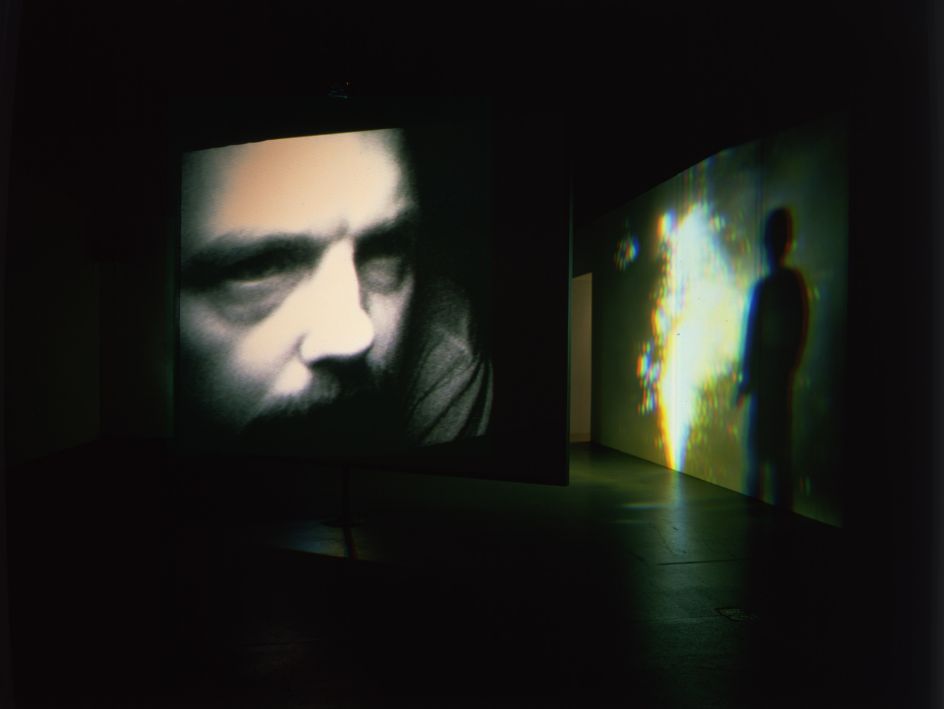
Slowly Turning Narrative, 1992 Video/sound installation Continuously running Courtesy Bill Viola Studio © Bill Viola Photo: Gary McKinnis
By far the most arresting piece in the show, and indeed, one of the most arresting artworks I've ever seen, is Slowly Turning Narrative. It comprises a large room with a rotating screen at its centre, which has a reflecting surface on one side, and a plain surface on the other. The viewer comes into view as a reflection with every rotation. The other images are formed from two projectors: one showing a close up of a man's face, the other a series of coloured images – variously a course, fireworks, and other snapshots of apparent exuberance.
Across all of this is a low dirge – at first an indecipherable groan, until you pick out a man's voice reading a series of actions: "The one who uses. The one who controls. The one who believes. The one who observes. The one who sleeps," and so on. The 1992 piece elicits tears of confusion, sadness, and joy through just projections and screens – it's astonishing how digital images and mechanics manage to access parts of the human psyche that conscious self-examination never could. I can't pinpoint what it is the piece makes you feel or why it makes you feel it; perhaps that's where its potency lies.
Viola describes pieces like this as "sculpting with time" and explains that the work "concerns the enclosing nature of self-image and the external circulation of potentially infinite (and therefore unattainable) states of being all revolving around the still point of the central self… The entire space becomes an interior for the revelations of a constantly turning mind absorbed with itself."
Slowly Turning Narrative engenders both a dream-like state and a stripping back of ego in the viewer. It's hypnotic in its disorientation and the strange cadences of the sound design, yet somehow grounds you in the reality of what it truly means (and doesn't mean) to be alive.
There are too many moments almost as powerful as this to describe, but another similarly arresting piece is Tristan's Ascension (The Sound of a Mountain Under a Waterfall), shown with another 2005 work, Fire Woman. These were originally created for a staging of Wagner's Tristan and Isolde and have since been re-edited to form standalone pieces. They're presented on a gargantuan screen, like a monolith in a vast room, and are awe-inspiring. Tristan's Ascension is a surreal portrait of transcendence, showing the ascent of the soul after death, and manages to do such a lofty and complex notion of justice.
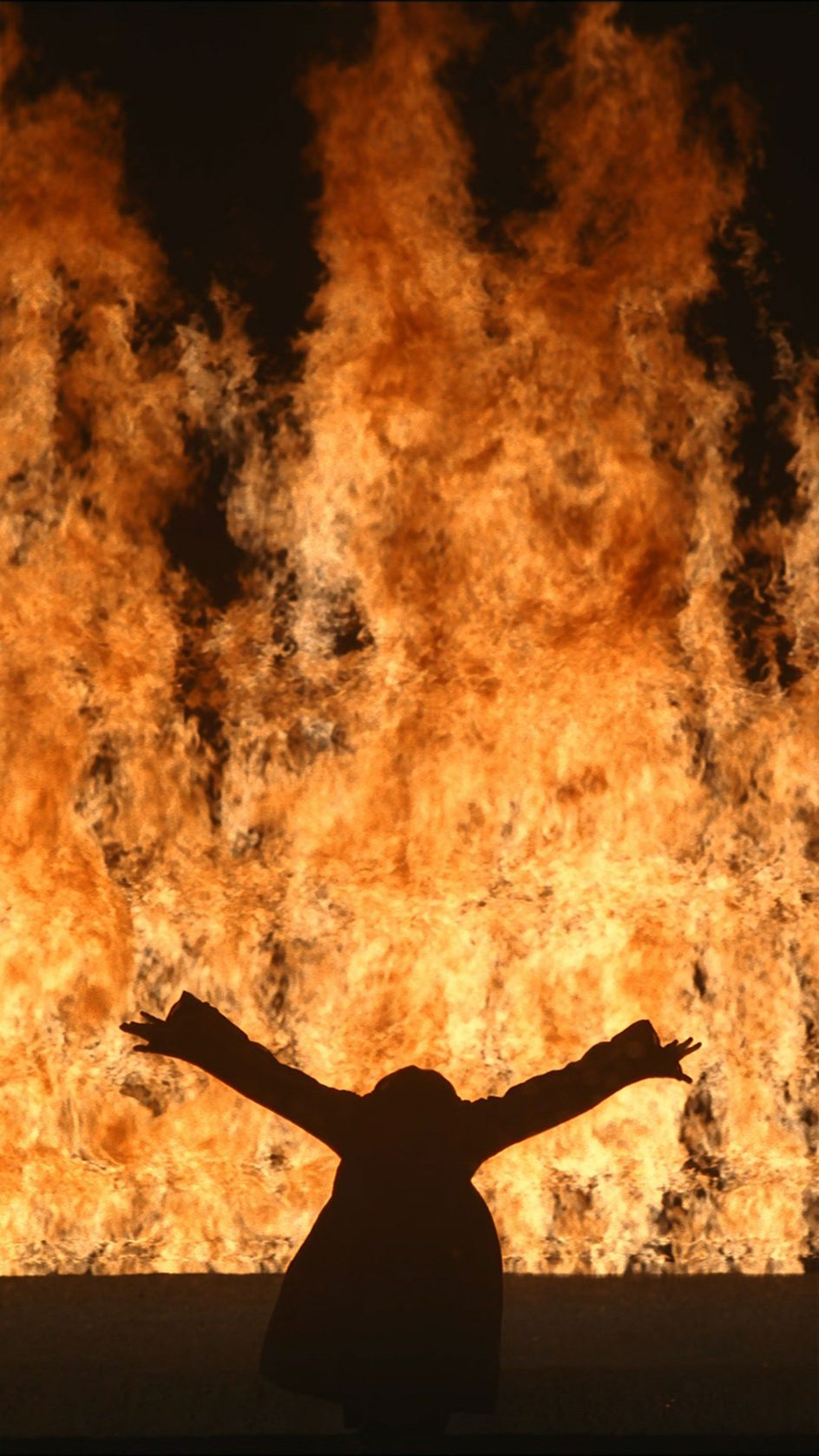
Fire Woman, 2005 Video/sound installation 11:12 minutes Performer: Robin Bonaccorsi Courtesy Bill Viola Studio © Bill Viola Photo: Kira Perov
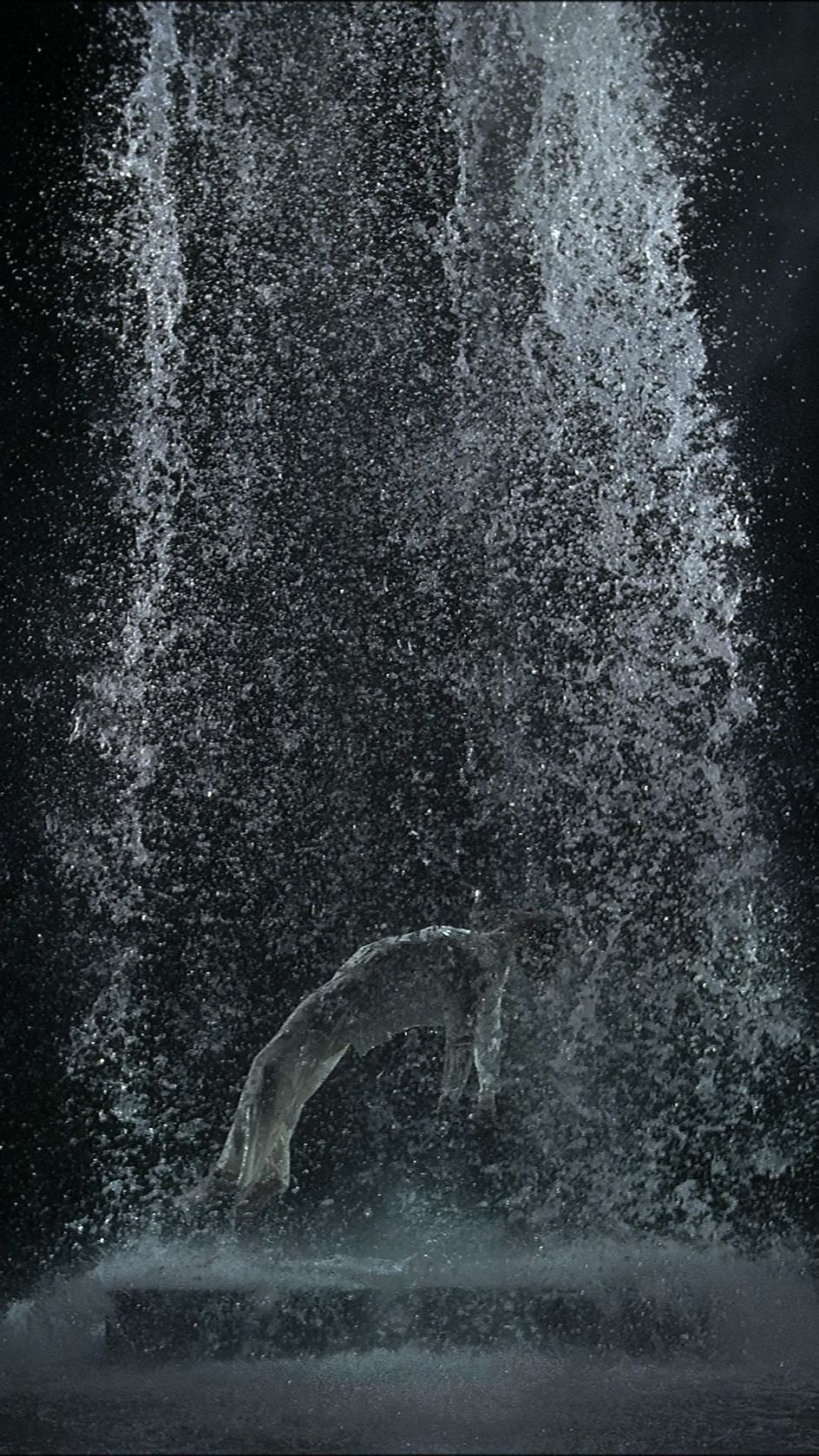
Tristan’s Ascension (The Sound of a Mountain Under a Waterfall), 2005 Video/sound installation 10:16 minutes Performer: John Hay Courtesy Bill Viola Studio © Bill Viola Photo: Kira Perov
Nearing the end of the show is The Dreamers (2013), an installation of seven screens, each showing a different person face-up, submerged in water. We see bubbles, and we know they're breathing, but the crisp definition and the slightly odd colour tint make them seem otherworldly and hyperreal. It's of little surprise to learn that the piece was inspired by Viola's near-drowning in a lake when he was six years old. He described a feeling of stillness and calm, rather than anxiety, perfectly captured in the serene, shut-eyed faces of the subjects in The Dreamers. The piece seems to be saying, as many others do, that endings are not endings – death itself is not a full stop. Everything is in motion in ways we cannot fully comprehend. In a strange way, it's very comforting.
The finale of the show is Viola's 2014 work Inverted Birth. We see a man coated in various vicious liquids ranging in colour from a sinister tar-like black to blood red and milky white. Finally, as Viola puts it, "a soft mist brings acceptance, awakening and birth."
Water and liquid are motifs throughout Viola's work to represent birth and renewal, a sort of cleansing and kinesis. The fact these are delineated in video and through technological means is due to those formats' ability to convey this in a visceral immediacy that painting or sculpture, for instance, could not, rather than for newness' sake or fetishisation of gadgetry. The medium is part of Viola's conspiring to represent the body and soul's movement in space, to position those concerning the "imminent fragments of sensory experience and dreams of presence", in the words of American cultural critic Kathleen Stewart.
"I have come to realise that the most important place where my work exists is not in the museum gallery, or the screening room, or on television, and not even on the video screen itself," Bill Viola stated in1989, "but in the mind of the viewer who has seen it." As anyone who's been to this show will attest, his work can etch itself into the mind in a way that thoroughly transforms preexisting ideas around art, meaning, and life and death itself. That's quite a feat.
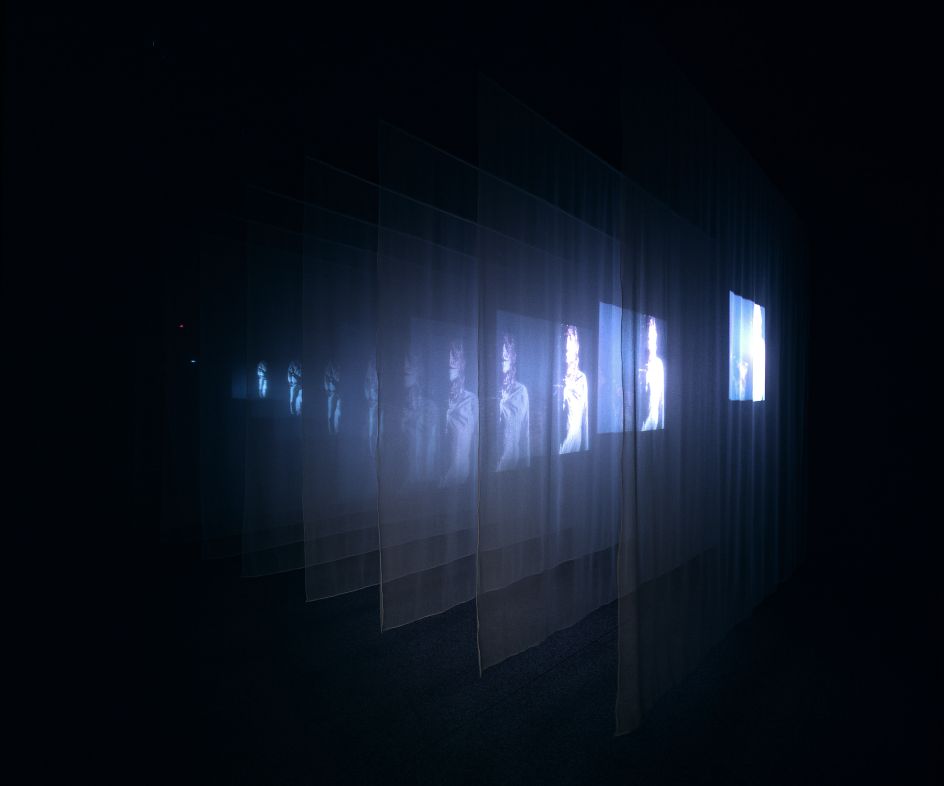
The Veiling, 1995 Video/sound installation 30:00 minutes Performers: Lora Stone, Gary Murphy Courtesy Bill Viola Studio © Bill Viola Photo: Roman Mensing
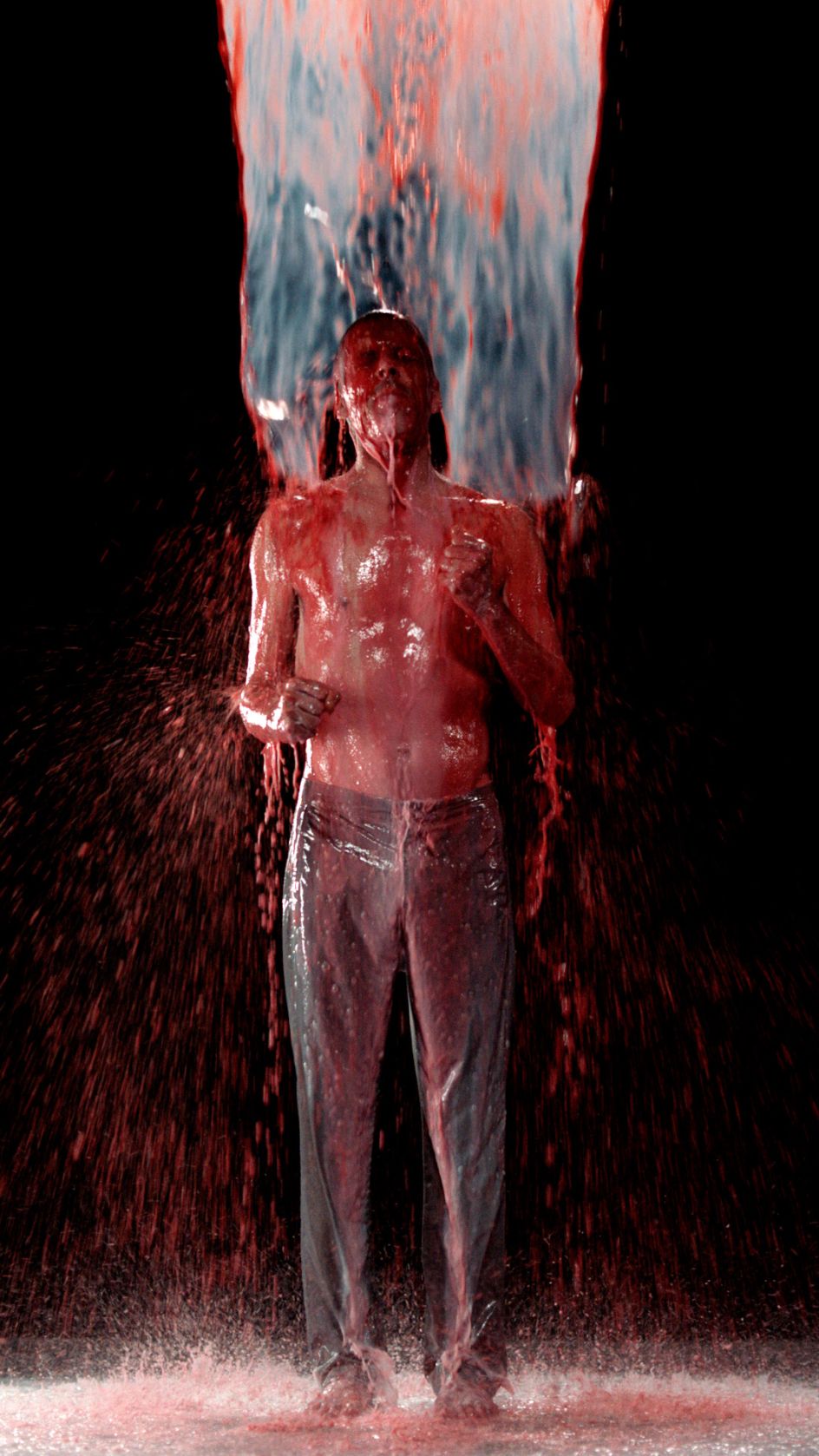
Inverted Birth, 2014 Video/sound installation 8:22 minutes Performer: Norman Scott Courtesy Bill Viola Studio © Bill Viola Photo: Kira Perov

Surrender, 2001 Color video diptych on flat panel displays 18:00 minutes Performers: John Fleck, Weba Garretson Courtesy Bill Viola Studio © Bill Viola Photo: Kira Perov
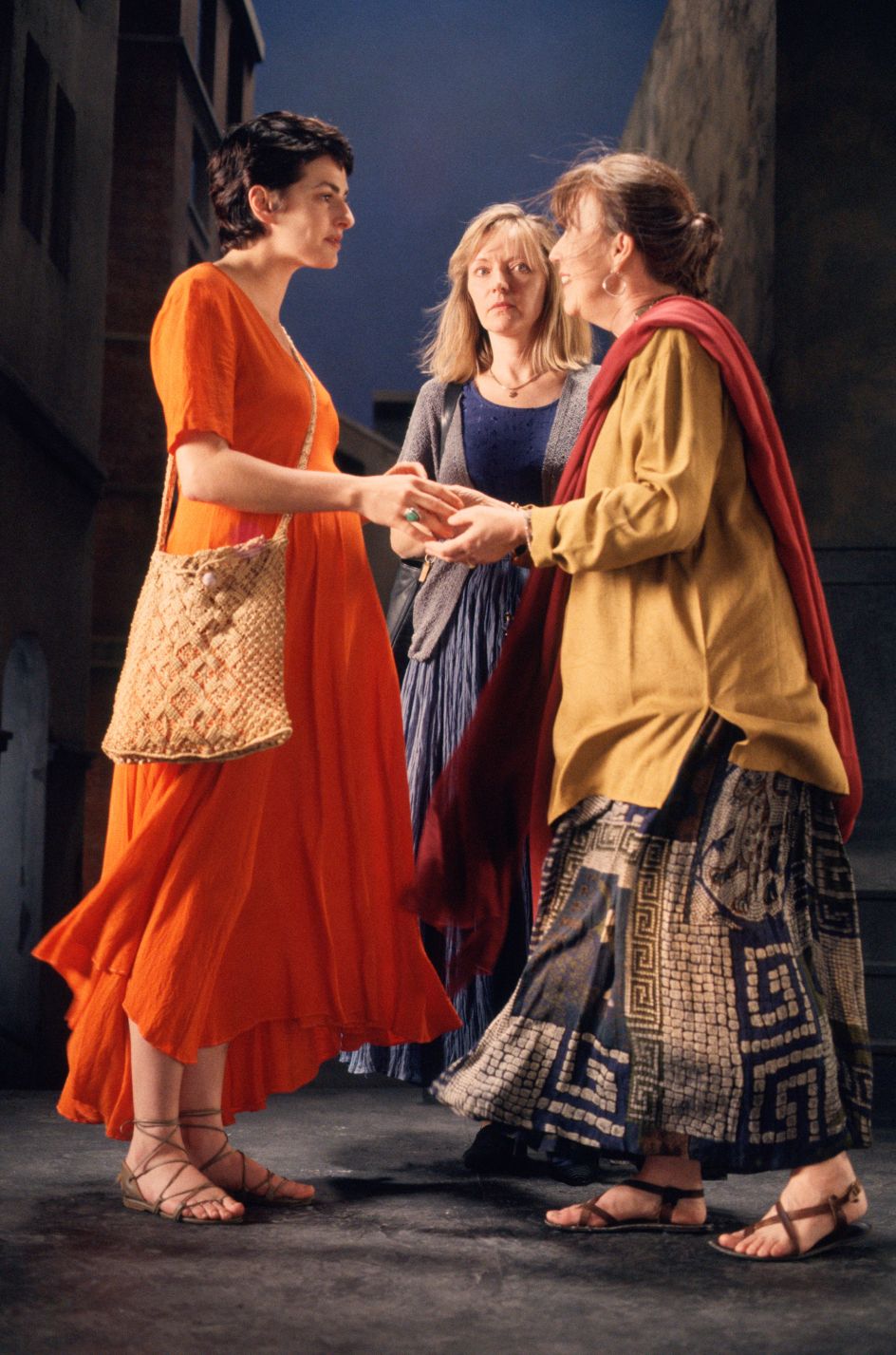
The Greeting, 1995 Video/sound installation 10:22 minutes Performers: Angela Black, Suzanne Peters, Bonnie Snyder Courtesy Bill Viola Studio © Bill Viola Photo: Kira Perov




 by Tüpokompanii](https://www.creativeboom.com/upload/articles/58/58684538770fb5b428dc1882f7a732f153500153_732.jpg)

 using <a href="https://www.ohnotype.co/fonts/obviously" target="_blank">Obviously</a> by Oh No Type Co., Art Director, Brand & Creative—Spotify](https://www.creativeboom.com/upload/articles/6e/6ed31eddc26fa563f213fc76d6993dab9231ffe4_732.jpg)










